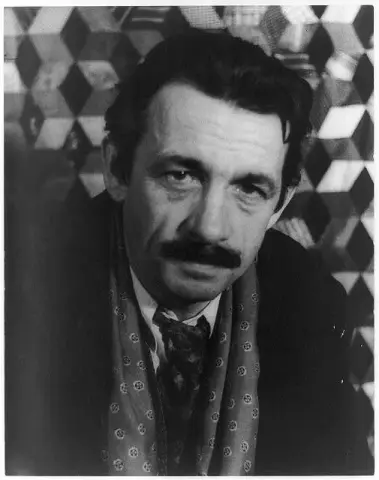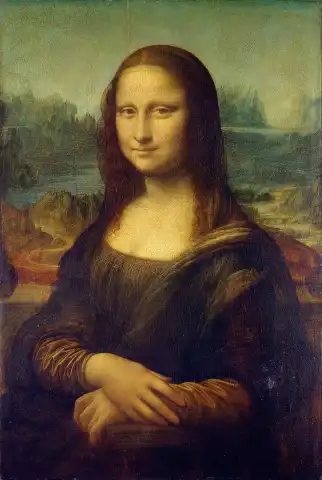

Hand painted reproductions of Thomas Hart Benton
Thomas Hart Benton: Chronicler of the American Spirit
Early Life and Artistic Development
Born in 1889 in Neosho, Missouri, Thomas Hart Benton became one of the leading figures of American Regionalism. Growing up in a politically active family, Benton was exposed to a variety of cultural influences, which later informed his artistic vision. He pursued formal art training at the Art Institute of Chicago before studying at the Académie Julian in Paris. While in Europe, Benton was influenced by modernist movements, particularly Cubism and Synchromism, though he eventually turned away from abstraction in favor of a narrative-driven, realist approach.
Returning to the United States, Benton embraced the American landscape and its people as his primary subjects. His work often depicted rural life, industrial progress, and the struggles of ordinary Americans, reflecting the spirit of a rapidly changing nation during the Great Depression and beyond.
Key Works and Signature Style
Notable works by Benton include America Today (1930-31), The Ballad of the Jealous Lover of Lone Green Valley (1934), and Persephone (1938). These pieces showcase his ability to blend realism with a dynamic, almost cinematic sense of movement. His murals, in particular, are celebrated for their sweeping narratives and rich detail, capturing the essence of American life with bold, flowing lines and vibrant colors.
Benton’s signature style is characterized by exaggerated forms, rhythmic compositions, and an earthy palette. He skillfully depicted human figures in motion, imbuing his works with energy and vitality. His art celebrates the resilience and diversity of the American people, while also addressing social and economic issues of his time.
Technique and Artistic Innovations
Benton's technique involved meticulous planning, starting with preparatory sketches and clay models to study composition and lighting. He primarily worked in oil, using bold brushstrokes to create texture and depth. His murals required a mastery of large-scale design and perspective, enabling viewers to feel immersed in the scenes he portrayed.
One of his key innovations was his ability to synthesize modernist techniques with traditional storytelling. Benton rejected the elitism of modern art, instead creating works that were accessible and relatable to a wide audience. His art served as both documentation and celebration of American culture.
Legacy and Enduring Influence
Thomas Hart Benton’s influence extends far beyond his role as a leader of Regionalism. He was instrumental in fostering a distinctly American voice in art, inspiring artists to draw from their own environments and experiences. Benton’s teaching also left a lasting mark, most notably through his mentorship of Jackson Pollock, a pioneer of Abstract Expressionism.
Benton’s murals continue to be celebrated as masterpieces of public art, reflecting the complexities and aspirations of American society. His ability to blend realism with mythic storytelling has cemented his place as one of the most significant artists of the 20th century.
Where to Buy Reproductions of Thomas Hart Benton’s Work
Bring the timeless appeal of Thomas Hart Benton’s art into your home with our exquisite handmade oil painting reproductions. Whether you’re captivated by the dynamic energy of America Today or the evocative storytelling of The Ballad of the Jealous Lover of Lone Green Valley, our museum-quality pieces are crafted to honor Benton’s legacy. Perfect for collectors and art enthusiasts, these reproductions celebrate the enduring spirit of American Regionalism.
Imagine owning an original work of art by Thomas Hart Benton, one of the greatest artists in history. At POD we offer you the opportunity to make this dream come true. We reproduce Thomas Hart Benton's works down to the smallest detail, so you can enjoy them in your own home.
Our reproductions are made by experienced artists who use the best materials and techniques. We are dedicated to providing you with the highest quality works of art, which will bring joy and inspiration to your family for generations.






